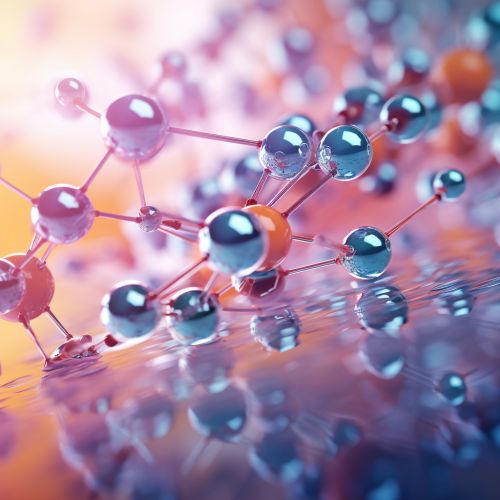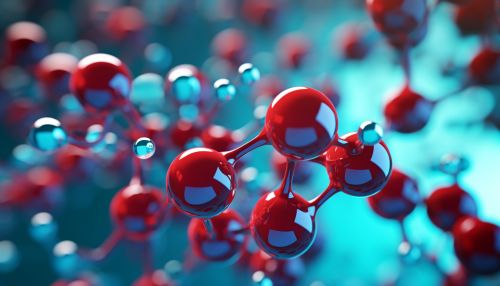Prodrugs
Introduction
A prodrug is a medication or compound that, after administration, is metabolized (i.e., converted within the body) into a pharmacologically active drug. Instead of administering a drug directly, a corresponding prodrug can be used to improve how the drug is absorbed, distributed, metabolized, and excreted (ADME).


Prodrug Design
Prodrug design is a strategy used in medicinal chemistry to overcome problems related to poor absorption, distribution, metabolism, and excretion (ADME) of pharmaceutical compounds. Prodrugs are chemically modified versions of active drug molecules that must undergo enzymatic and/or chemical transformation in vivo to release the active drug. Prodrug design has been employed to improve the pharmaceutical properties of drugs, and the safety and efficacy profiles of approved drugs and drug candidates in discovery and development.
Types of Prodrugs
Prodrugs can be classified into two broad categories: Type I and Type II. Type I prodrugs include those that are designed to improve the physicochemical, biopharmaceutical, or pharmacokinetic properties of a drug. They are typically bioreversible derivatives of active drugs. Type II prodrugs, on the other hand, are designed to be activated in specific cells or tissues, or in response to a specific enzyme or physiological condition.
Type I Prodrugs
Type I prodrugs include carrier-linked prodrugs, bioprecursor prodrugs, and prodrugs designed to improve drug delivery. Carrier-linked prodrugs are those in which the active drug is linked to a carrier group that is removed enzymatically or chemically in vivo. Bioprecursor prodrugs are those in which the active drug is generated as a result of a metabolic transformation of the administered prodrug.
Type II Prodrugs
Type II prodrugs are designed to target the drug to specific cells or tissues, or to be activated in response to a specific enzyme or physiological condition. These prodrugs often involve a change in the chemical structure of the active drug that is not a simple addition or removal of a group.
Prodrug Activation
Prodrug activation is the process by which the prodrug is converted into the active drug. This can occur through various mechanisms, including enzymatic processes, chemical reactions, or a combination of both. The rate and extent of prodrug activation can significantly impact the pharmacokinetics and pharmacodynamics of the drug, and hence its efficacy and safety.
Advantages and Disadvantages of Prodrugs
The use of prodrugs offers several advantages, including improved drug absorption, distribution, metabolism, and excretion (ADME) properties, increased patient compliance due to reduced frequency of drug administration or reduced side effects, and targeted drug delivery. However, there are also potential disadvantages associated with prodrug use, including the risk of incomplete or variable activation of the prodrug, potential for increased toxicity due to the metabolites produced during prodrug activation, and the need for additional preclinical and clinical development work compared to the parent drug.
Examples of Prodrugs
There are many examples of prodrugs that have been approved for clinical use. These include the anticancer drugs capecitabine and tegafur, which are prodrugs of 5-fluorouracil, the antiviral drugs valacyclovir and valganciclovir, which are prodrugs of acyclovir and ganciclovir, respectively, and the anti-inflammatory drug sulindac, which is a prodrug of the active metabolite sulindac sulfide.
Future Perspectives
The development of prodrugs continues to be a valuable strategy in drug discovery and development. Advances in our understanding of enzymology, drug metabolism, and pharmacokinetics, as well as developments in the field of drug delivery, are likely to lead to the design of more sophisticated and effective prodrugs in the future.
